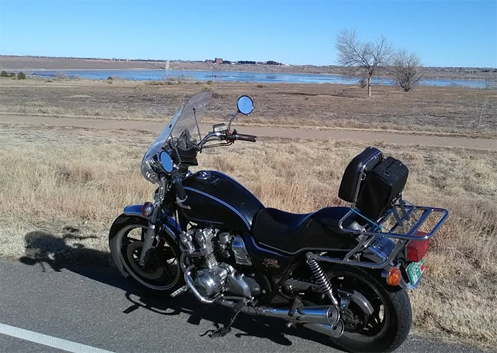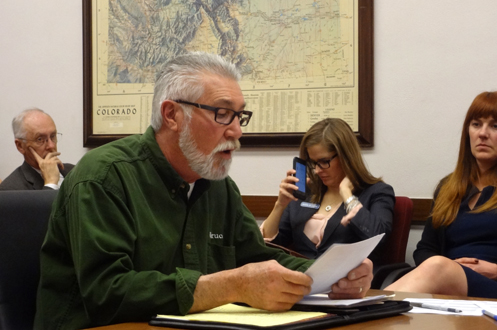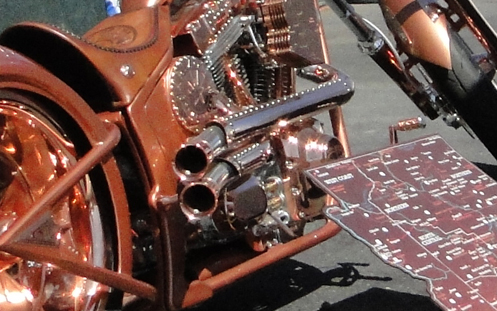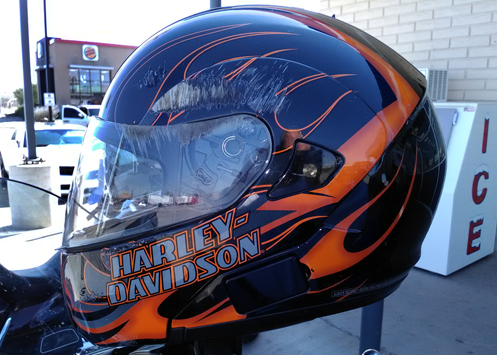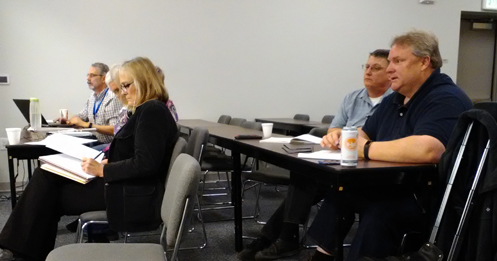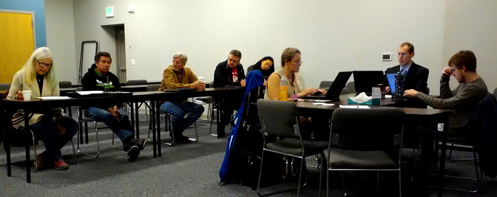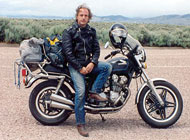Senate Opposes Motorcyclist Profiling
Thursday, December 20th, 2018The U.S. Senate at least did one thing in a bipartisan fashion this week: they passed a resolution opposing motorcycle profiling.
Profiling, in case you somehow have never heard of it, is the situation where the law enforcement folks use the fact that you ride a bike as an excuse to check you out for unrelated possible illegalities. Or let’s take the wording from the resolution.
Whereas motorcycle profiling means the illegal use of the fact that a person rides a motorcycle or wears motorcycle related apparel as a factor in deciding to stop and question, take enforcement action, arrest, or search a person or vehicle with or without legal basis under the Constitution of the United States;
Often, in recent years, this has taken the form of stopping motorcyclists–and only motorcyclists–to do license and safety equipment checks. Go ahead and stop everyone for these checks and the rider community will not object. Single us out and we do object.
So the resolution does not bear the force of law, but it does make it clear where the U.S. Senate stands on the issue. And this resolution was passed not just on a bipartisan basis, but unanimously. That’s pretty unequivocal. Are you listening out there in law enforcement land?
Omitting all the “Whereas” statements that set the stage, the resolution was this:
Resolved, That the Senate—
(1) promotes increased public awareness on the issue of motorcycle profiling;
(2) encourages collaboration and communication with the motorcycle community and law enforcement to engage in efforts to end motorcycle profiling; and
(3) urges State law enforcement officials to include statements condemning motorcycle profiling in written policies and training materials.
Now we just have to keep pressing, probably forever, to get this idea across.
Biker Quote for Today
“I had a dream about a motorcycle,” said Harry, remembering suddenly. “It was flying.”
Uncle Vernon nearly crashed into the car in front. He turned right around in his seat and yelled at Harry, his face like a gigantic beet with a mustache: “MOTORCYCLES DON’T FLY!”
Dudley and Piers sniggered.
“I know they don’t,” said Harry. “It was only a dream.â€
— J.K. Rowling, Harry Potter and the Sorcerer’s Stone

